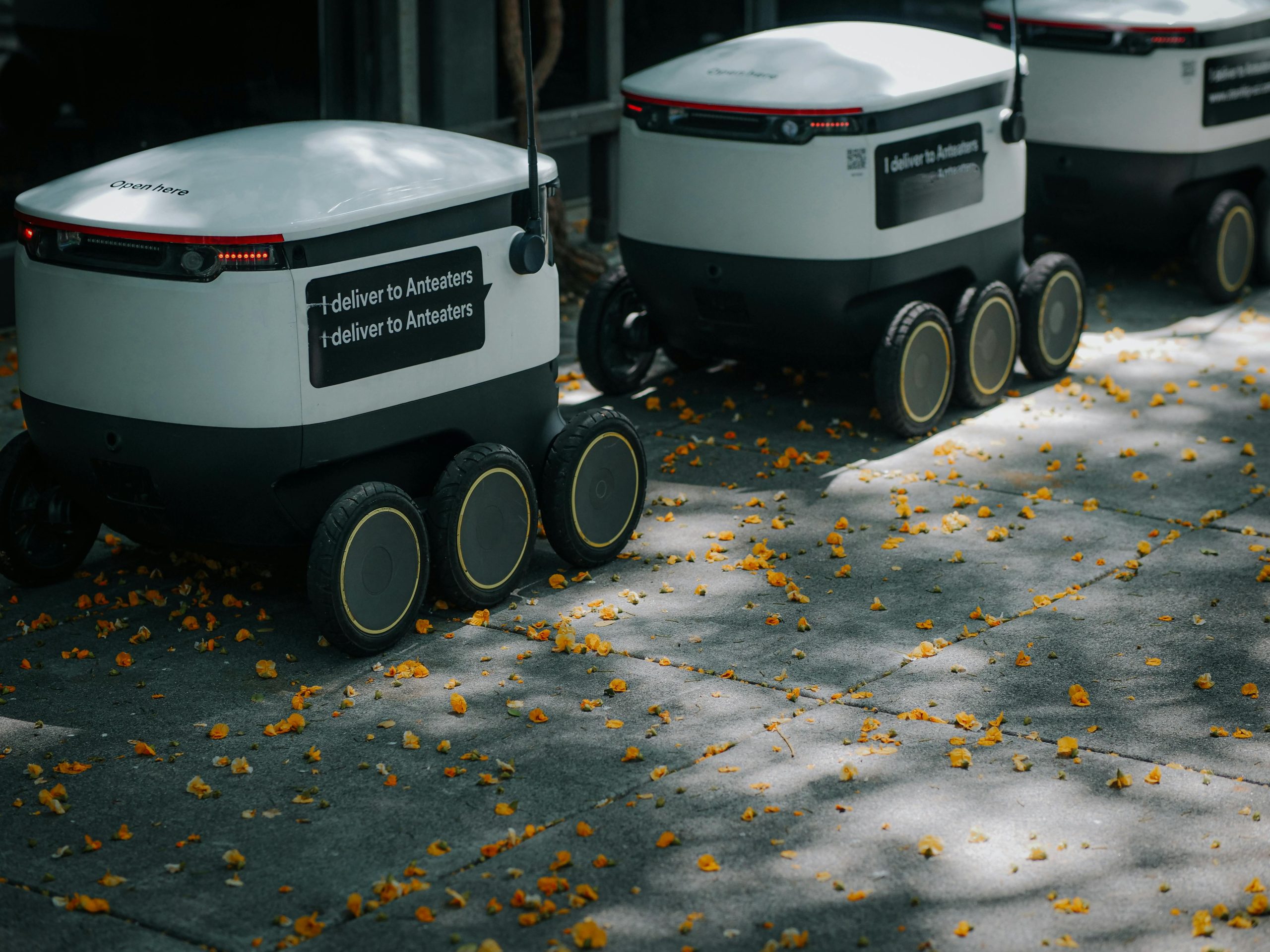The warehousing and logistics industry is undergoing a seismic shift, driven by the rapid advancement of robotics and automation. As global supply chains grow more complex and consumer expectations for faster deliveries rise, businesses are turning to robotics to streamline operations, reduce costs, and enhance efficiency. From autonomous mobile robots (AMRs) to robotic arms and AI-powered sorting systems, robotics is revolutionizing how goods are stored, picked, packed, and shipped. This transformation isn’t just about speed—it’s about reimagining the entire logistics ecosystem for a smarter, more sustainable future.
The Rise of Robotics in Warehousing
Robotics has moved from a futuristic concept to a practical solution in warehousing and logistics. Companies like Amazon, DHL, and FedEx have already integrated robotics into their operations, setting a benchmark for the industry. The adoption of robotics is fueled by several factors:
- Labor shortages: The logistics sector faces a chronic shortage of skilled workers, making automation a necessity.
- Efficiency gains: Robots can work 24/7 without fatigue, drastically improving productivity.
- Accuracy: Automated systems reduce human errors in picking and packing, leading to fewer returns and higher customer satisfaction.
- Scalability: Robotics allows warehouses to scale operations quickly during peak seasons without hiring additional staff.
With these advantages, it’s no surprise that the global warehouse robotics market is projected to grow exponentially in the coming years.
Key Robotics Technologies Transforming Warehousing
Several cutting-edge robotics technologies are reshaping warehousing and logistics:
Autonomous Mobile Robots (AMRs)
AMRs navigate warehouses independently using sensors and AI, transporting goods between shelves and workstations. Unlike traditional automated guided vehicles (AGVs), AMRs don’t require fixed paths, making them highly flexible.
Robotic Arms and Pick-and-Place Systems
These robots handle repetitive tasks like picking items from shelves or packing boxes. Advanced vision systems enable them to identify and handle a wide variety of products with precision.
Automated Sorting Systems
AI-powered sorting robots can categorize and route packages at high speeds, reducing bottlenecks in fulfillment centers. These systems are particularly valuable for e-commerce giants processing millions of orders daily.
Drones for Inventory Management
Drones equipped with RFID scanners or cameras can perform inventory checks in large warehouses, replacing manual stock-taking and saving time.
Benefits of Robotics in Logistics
The integration of robotics into logistics offers numerous benefits:
- Faster order fulfillment: Robots can retrieve and pack items in minutes, slashing delivery times.
- Cost savings: While the initial investment is high, robotics reduces long-term labor and operational costs.
- Improved safety: Robots handle heavy lifting and hazardous tasks, reducing workplace injuries.
- Enhanced space utilization: Automated storage systems maximize vertical space, allowing warehouses to store more goods in smaller footprints.
- Sustainability: Optimized routes and energy-efficient robots contribute to greener logistics operations.
These advantages make robotics a game-changer for businesses looking to stay competitive in a fast-paced market.
Challenges and Future Outlook
Despite its potential, the adoption of robotics in warehousing isn’t without challenges:
- High upfront costs: Small and mid-sized businesses may struggle to afford advanced robotics systems.
- Integration complexities: Retrofitting existing warehouses with robotics can be technically challenging.
- Workforce adaptation: Employees need training to work alongside robots, and some fear job displacement.
However, as technology advances and costs decrease, these barriers are likely to diminish. The future of warehousing and logistics will see even greater collaboration between humans and robots, with AI-driven systems enabling predictive analytics and real-time decision-making. Innovations like swarm robotics and self-learning algorithms will further push the boundaries of what’s possible.
Conclusion
Robotics is undeniably transforming the warehousing and logistics industry, offering unprecedented levels of efficiency, accuracy, and scalability. While challenges remain, the benefits far outweigh the drawbacks, making automation an essential strategy for businesses aiming to thrive in the digital age. As robotics technology continues to evolve, warehouses will become smarter, faster, and more adaptive, paving the way for a future where logistics operations are seamless, sustainable, and customer-centric. The revolution is here—and it’s powered by robots.
